Tree Drawings - Ran Art Blog
My latest drawing, part of my guide for drawing depth.
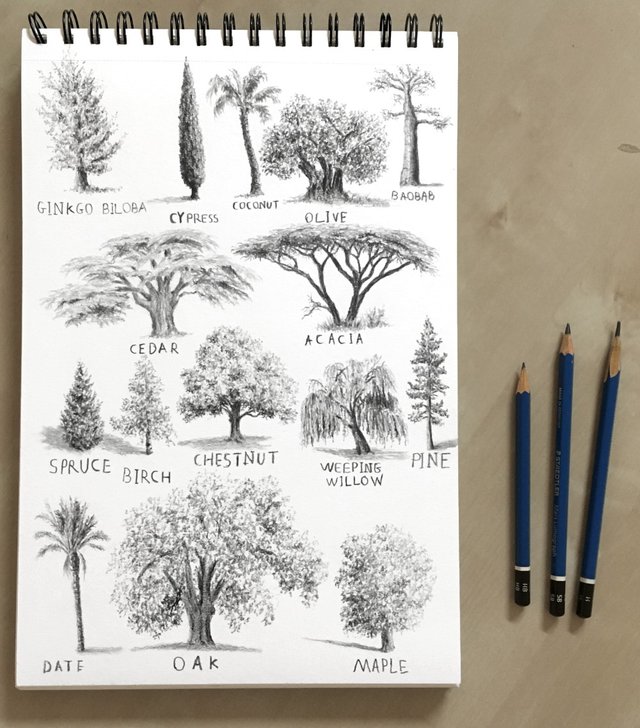
The drawing paper (or canvas, screen, wall, etc.) is flat.
There are several methods to draw (or paint) the illusion of depth.
Volume
By drawing using light and dark (brightness) values, you can create the illusion of volume, which attests to depth.
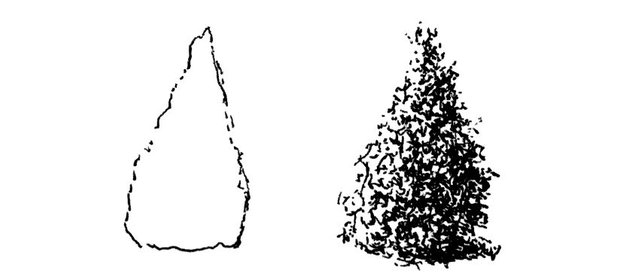
A more realistic render can take several hours or more.
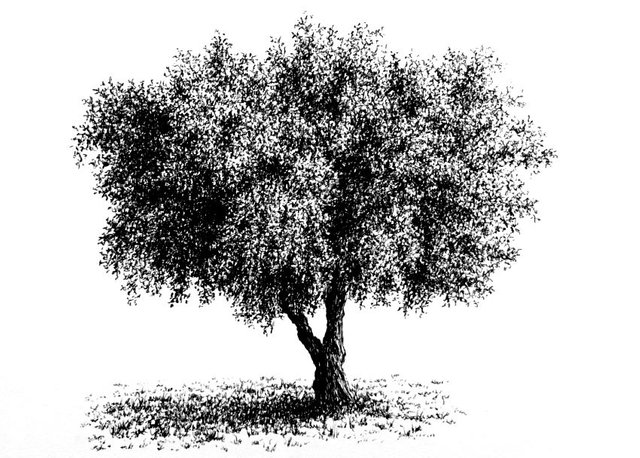
If you like my style of drawing trees, you are welcome to read my guide on how to draw trees.
Size
Far away objects look smaller.
That is the first rule of linear perspective.
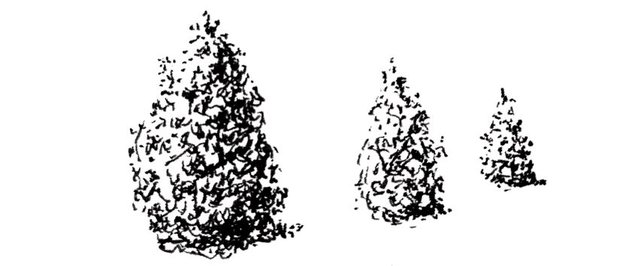
So, when the observers look at similar objects, but with a different size, they translate the small ones as being far.
That is a great way to draw the illusion of depth.
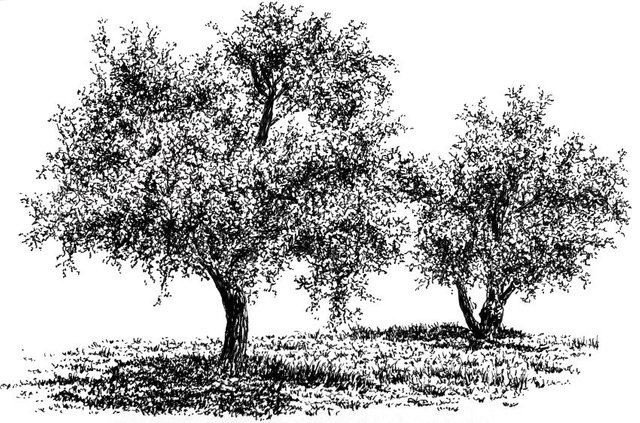
Overlapping
When an object covers part of another object, the observers recognize it as being in front of the object it covers.
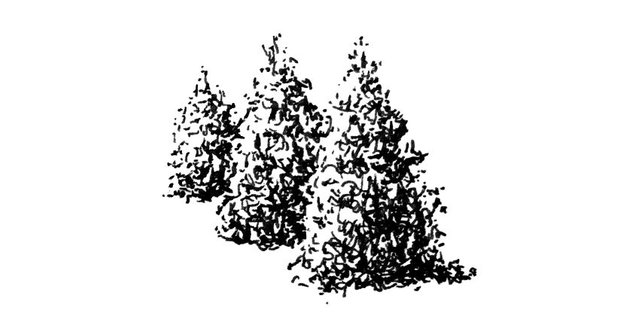
That is arguably the strongest method to add depth.
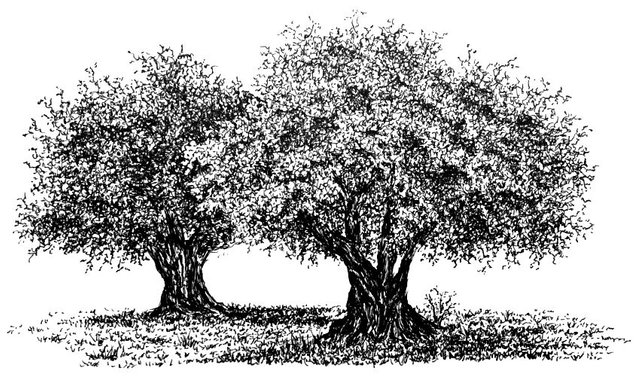
Edges
Far away objects have soft edges.
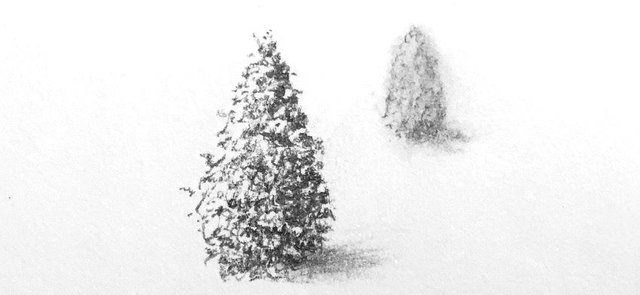
Hard edge means an area ends in a sharp way, and therefore in focus.
Soft edge means an area that ends in a blurry way, and therefore NOT in focus.
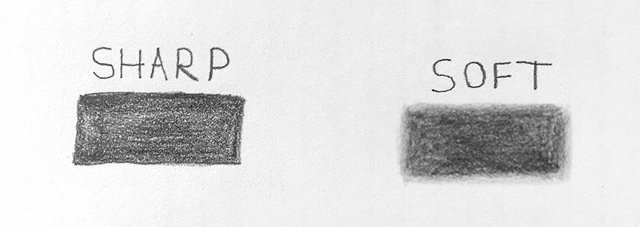
While this happens in landscape drawing (and painting), and only distant objects have soft edges, you can use it in a close up view too.
In the next example, the far bird has soft edges.
In addition, there is use of overlapping, which adds more to the illusion of depth.
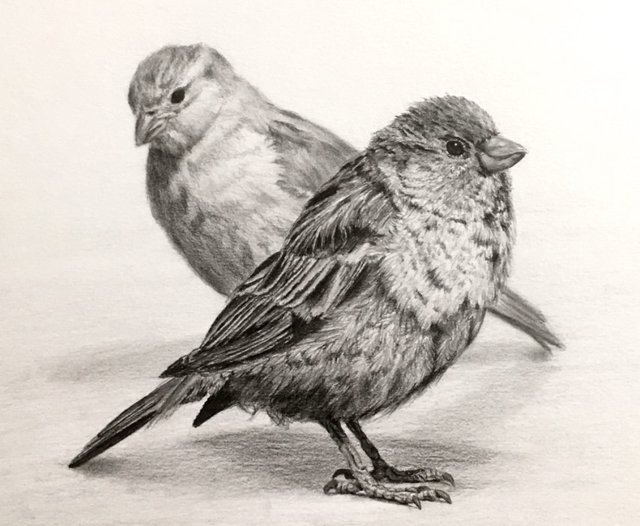
My latest drawing again:
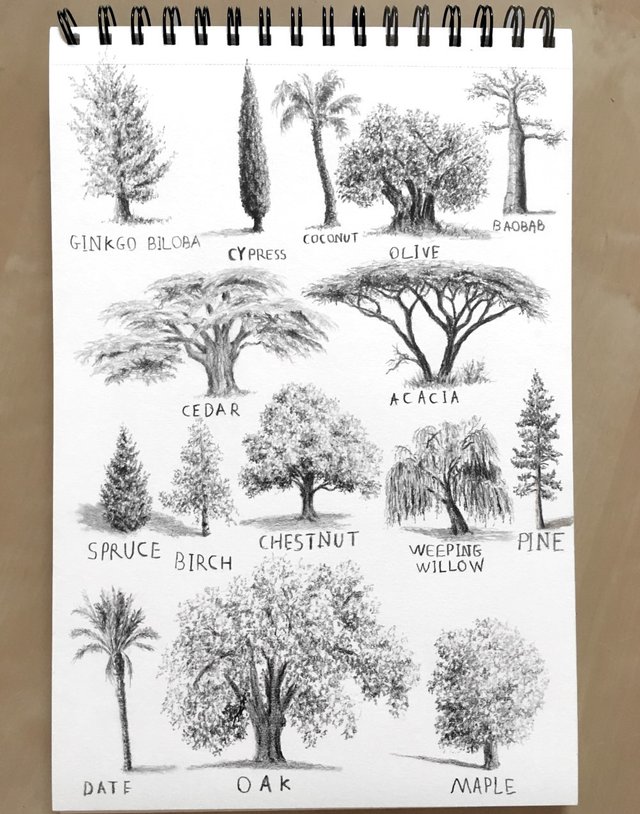
Here is my guide and review for recommended drawing paper.
For more tutorials, tips & techniques, you are welcome to visit my blog.
Ran
Website: https://ranartblog.com/
Tutorials: https://ranartblog.com/blog.html
Instagram: https://www.instagram.com/ran_art_blog/
Pinterest: https://www.pinterest.com/ranartblog/
I really like the detail in the birds.
Thank you :o)